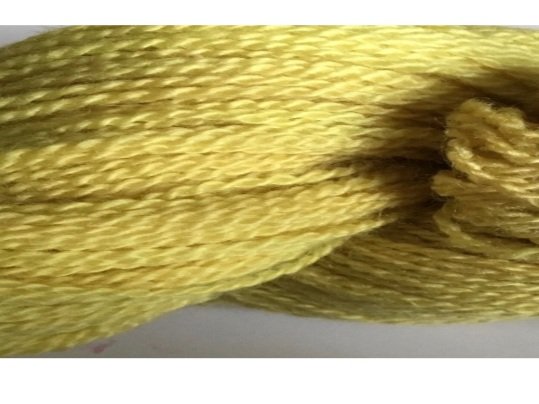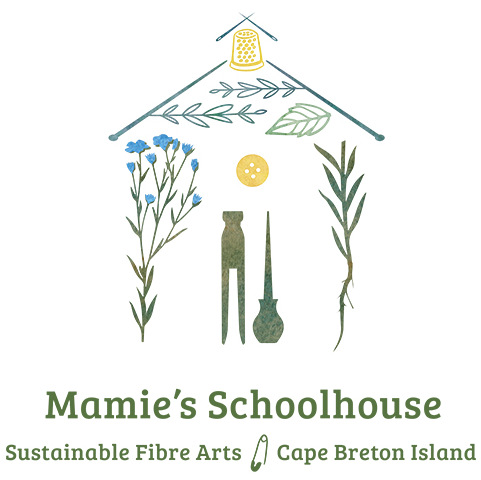Jane Deane
devon, england
Stockholm 118: To produce a gold colour by cold dyeing.
Take safflower blossom and oxeye crush them together and lay them in water. Put the wool in and sprinkle with water. Lift the wool out, expose it to the air and use.
introduction:
A modern recipe for using safflower for gold would require the dyer to first wash all the red dye from the flower petals so that it didn’t contaminate the yellow. There are no instructions to do that so I used the petals (safflower and dyer’s chamomile) as they were. This resulted in a mix of yellows and oranges on a range of cotton, linen and silk: tussah, dupion and crepe georgette. I understand, and it has been borne out by my sampling, that the pinks, reds and corals do not colour wool and the wool skein I dyed seems to bear this out. I have wondered if the change in pH required to dye red – to make the solution very alkaline and then back to mildly acidic – would enable a pink on wool but I haven’t yet experimented with that.
For the first experiments I used unmordanted fabrics and yarn and followed the instructions to crush the petals, cover with water, about 50C as the ambient water temperature in Egypt is likely to be warmer than in the UK, and sprinkled the fibres with water. The exception was a silk noil fabric given a 10 minute dip in oak gall tannin before dyeing. My second experiment with wool yarn used pre-mordanted fibre, 7% PAS and 6% CoT, but followed the original method. My third experiment used both pre and post mordanted fabrics using titanium. I chose to use this because of the striking effect titanium has on moving yellows towards oranges.
Blog Posts:




